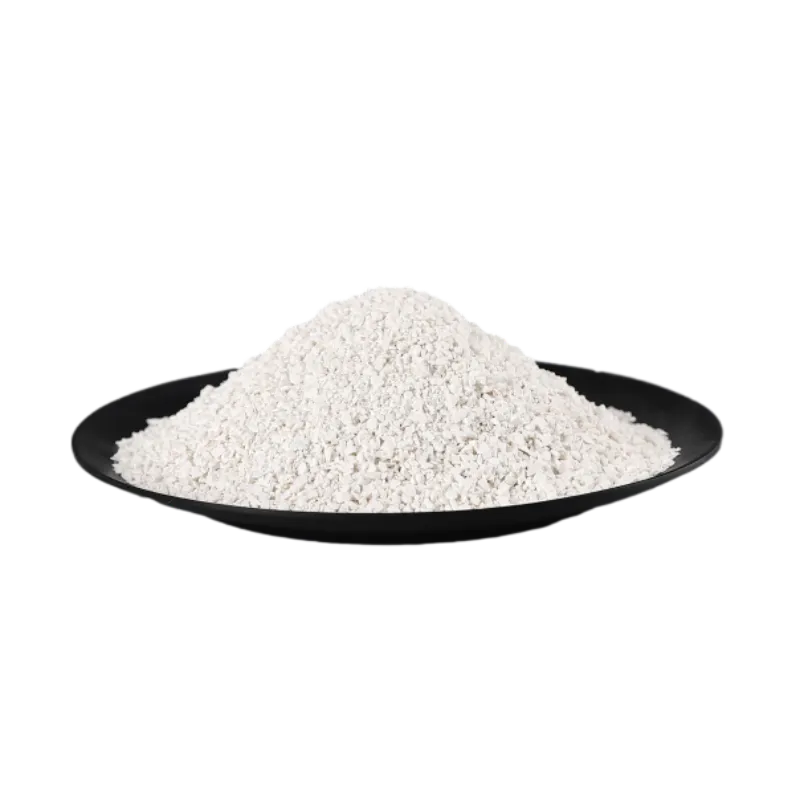
Dec . 28, 2024 03:39 Back to list
how long do clay roofs last
How Long Do Clay Roofs Last?
When choosing roofing materials, longevity is often one of the most significant factors a homeowner considers. Clay roofs have been used for centuries and are known for their durability and aesthetic appeal. But how long can you expect a clay roof to last? In this article, we will explore the lifespan of clay roofs, the factors that influence their longevity, and the benefits of choosing clay tiles for your home.
Clay roofs are renowned for their impressive lifespan. On average, a well-installed clay roof can last anywhere from 50 to 100 years, and in some cases, they may even exceed that. This remarkable durability is largely due to the natural properties of clay, which is highly resistant to the elements. Unlike other roofing materials, clay tiles don’t warp, crack, or fade when exposed to extreme temperatures or humidity. This makes them an excellent choice for various climates, from hot, arid regions to colder, wetter areas.
However, several factors can influence the lifespan of a clay roof, including installation quality, maintenance, and environmental conditions. For instance, proper installation is critical to maximizing the life of a clay roof. If tiles are not installed correctly, it could lead to water infiltration and damage over time. This reinforces the idea that hiring experienced and reputable roofing professionals is essential for ensuring your clay roof lasts as long as possible.
how long do clay roofs last

Regular maintenance also plays a crucial role in the longevity of clay roofs. While clay tiles are low-maintenance compared to other roofing materials, occasional inspections are necessary to ensure that the roof remains in good condition. Homeowners should check for broken or cracked tiles and replace them as needed. Additionally, it’s important to keep the roof free from debris, especially in areas prone to heavy rainfall, where accumulated leaves can trap moisture and lead to leaks.
Another significant factor is the climate in which the roof is situated. Clay roofs perform exceptionally well in dry climates, where their resistance to moisture is a definite advantage. However, in regions with heavy snow or ice, additional care and maintenance may be necessary to prevent damage due to ice dams or the weight of snow accumulation. Homeowners in these areas should consider consulting with roofing experts to determine if clay is the right choice for their specific environment.
In contrast to their durability, clay roofs also offer aesthetic benefits that can enhance a home's curb appeal. Available in a variety of colors, styles, and finishes, clay tiles can complement almost any architectural design, from traditional to modern. This versatility, combined with their enduring nature, makes clay tiles a wise investment for homeowners looking to increase the value of their property.
In summary, clay roofs can last anywhere from 50 to 100 years or more with the right installation, maintenance, and considerations for the local climate. Their longevity, coupled with their low maintenance and aesthetic versatility, makes them a popular choice among homeowners. By investing in a clay roof, you are not just enhancing the beauty of your home but also securing a long-lasting and durable shelter for many years to come. So, if you're considering a roofing upgrade, clay tiles should certainly be on your radar as a worthwhile investment.
-
Small Clay Roof Tiles for Durable & Stylish Roofing Red & Custom Options Available
NewsJun.24,2025
-
Lifetime Roof Shingles – Durable Roofing Solutions for Decades
NewsJun.10,2025
-
Top Roofing Shingles Types Compare Different Types of Architectural Roofing Shingles for Your Home
NewsJun.10,2025
-
Affordable Asphalt Shingle Roll Durable & Easy Flat Roof Solution
NewsJun.09,2025
-
Metal Asphalt Look Roofing Durable Shingle-Style Options
NewsJun.09,2025
-
Premium Clay Valley Roof Tiles Durable & Eco-Friendly
NewsJun.09,2025







